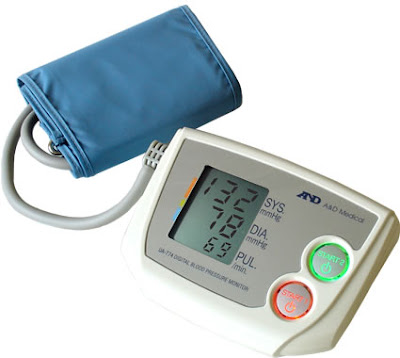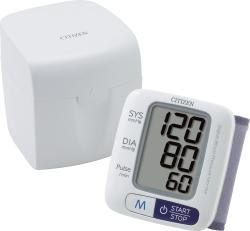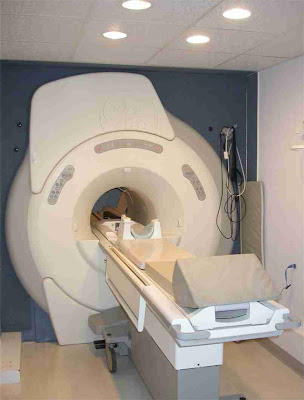Blood pressure (BP) is the pressure exerted by circulating blood upon the walls of blood vessels, and is one of the principal vital signs. When used without further specification, "blood pressure" usually refers to the arterial pressure of the systemic circulation. During each heartbeat, BP varies between a maximum (systolic) and a minimum (diastolic) pressure.[1] The mean BP, due to pumping by the heart and resistance to flow in blood vessels, decreases as the circulating blood moves away from the heart through arteries. Blood pressure drops most rapidly along the small arteries and arterioles, and continues to decrease as the blood moves through the capillaries and back to the heart through veins.[2] Gravity, valves in veins, and pumping from contraction of skeletal muscles, are some other influences on BP at various places in the body.
The measurement blood pressure without further specification usually refers to the systemic arterial pressure measured at a person's upper arm. It is measured on the inside of an elbow at the brachial artery, which is the upper arm's major blood vessel that carries blood away from the heart. A person's BP is usually expressed in terms of the systolic pressure over diastolic pressure (mmHg), for example 140/90.
Saturday, July 30, 2011
Blood Pressure Checking Machine
Labels:
Blood Pressure Checking Machine
Blood Pressure Checking Machine
Labels:
Blood Pressure Checking Machine
Blood Pressure Checking Machine
Labels:
Blood Pressure Checking Machine
Blood Pressure Checking Machine
Labels:
Blood Pressure Checking Machine
Blood Pressure Checking Machine
Labels:
Blood Pressure Checking Machine
Thursday, July 28, 2011
MRI(Magnetic Resonance Imaging) Scan Machine
Magnetic resonance imaging (MRI), nuclear magnetic resonance imaging (NMRI), or magnetic resonance tomography (MRT) is a medical imaging technique used in radiology to visualize detailed internal structures. MRI makes use of the property of nuclear magnetic resonance (NMR) to image nuclei of atoms inside the body.
An MRI machine uses a powerful magnetic field to align the magnetization of some atoms in the body, and radio frequency fields to systematically alter the alignment of this magnetization. This causes the nuclei to produce a rotating magnetic field detectable by the scanner—and this information is recorded to construct an image of the scanned area of the body.[1]:36 Strong magnetic field gradients cause nuclei at different locations to rotate at different speeds. 3-D spatial information can be obtained by providing gradients in each direction.
MRI provides good contrast between the different soft tissues of the body, which make it especially useful in imaging the brain, muscles, the heart, and cancers compared with other medical imaging techniques such as computed tomography (CT) or X-rays. Unlike CT scans or traditional X-rays, MRI uses no ionizing radiation.
An MRI machine uses a powerful magnetic field to align the magnetization of some atoms in the body, and radio frequency fields to systematically alter the alignment of this magnetization. This causes the nuclei to produce a rotating magnetic field detectable by the scanner—and this information is recorded to construct an image of the scanned area of the body.[1]:36 Strong magnetic field gradients cause nuclei at different locations to rotate at different speeds. 3-D spatial information can be obtained by providing gradients in each direction.
MRI provides good contrast between the different soft tissues of the body, which make it especially useful in imaging the brain, muscles, the heart, and cancers compared with other medical imaging techniques such as computed tomography (CT) or X-rays. Unlike CT scans or traditional X-rays, MRI uses no ionizing radiation.
MRI(Magnetic Resonance Imaging) Scan Machine
MRI(Magnetic Resonance Imaging) Scan Machine
MRI(Magnetic Resonance Imaging) Scan Machine
MRI(Magnetic Resonance Imaging) Scan Machine
Subscribe to:
Comments (Atom)







































